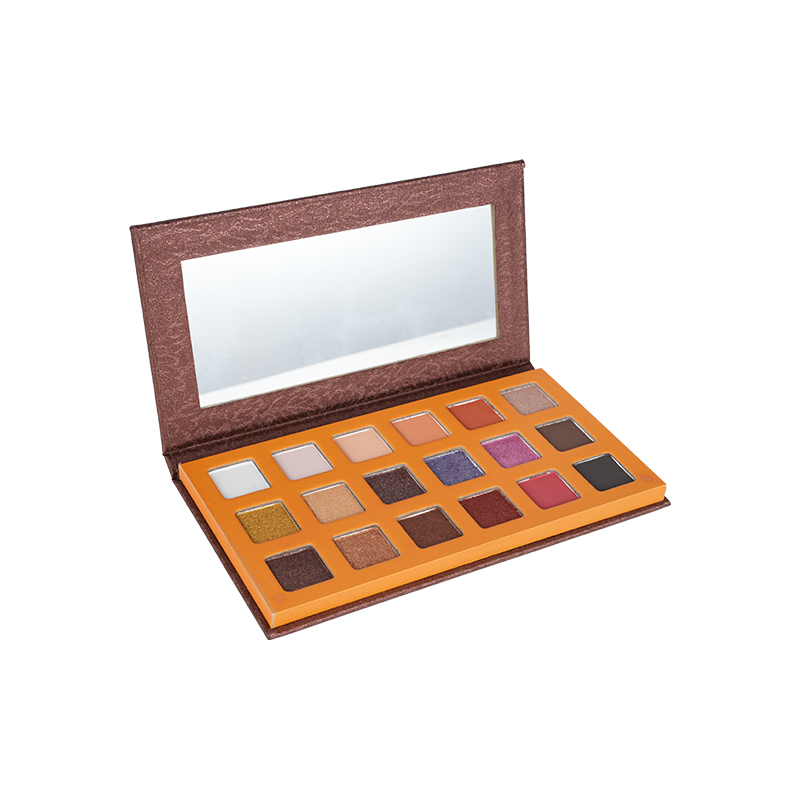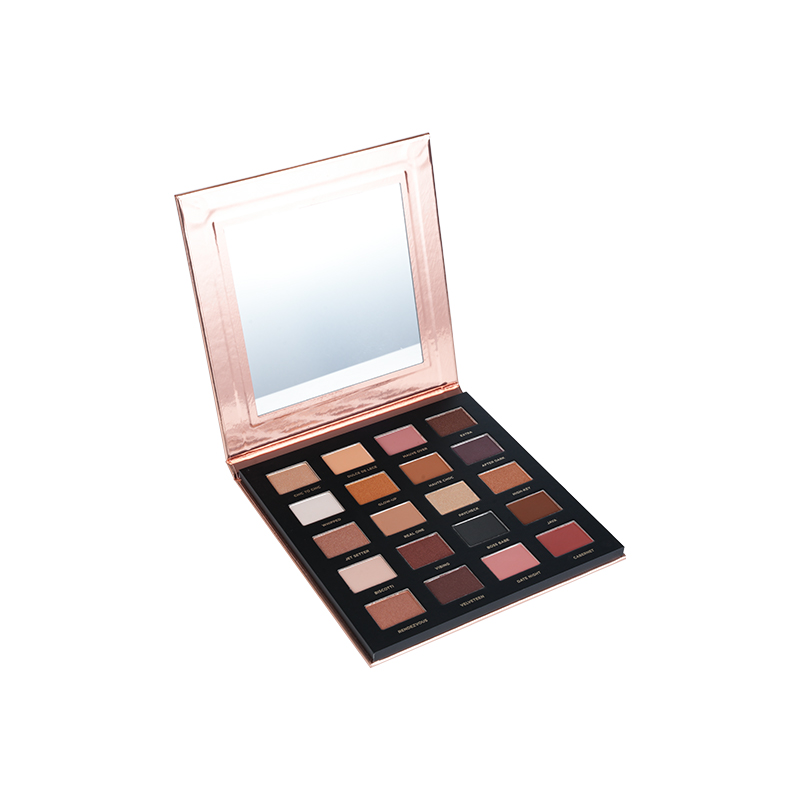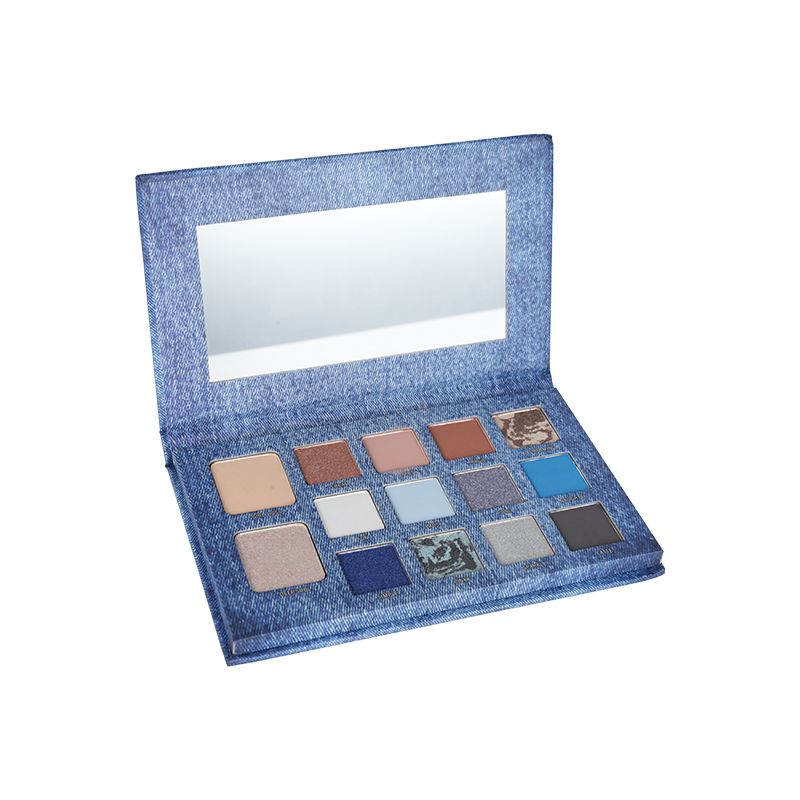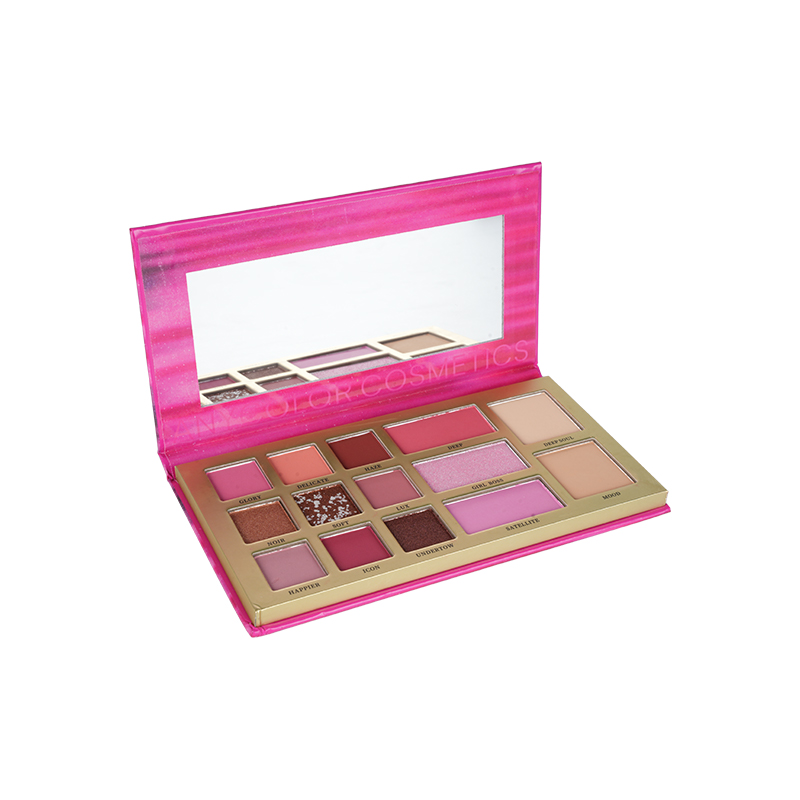When it comes to makeup, a concealer waterproof formula is often preferred by many for its ability to stay in place under various conditions. Whether it’s for daily wear, special events, or outdoor activities, a waterproof concealer can help maintain coverage without smudging or fading. Understanding what makes a concealer waterproof and long-lasting involves looking at its ingredients, formulation, and application methods.
One of the main factors that contributes to a concealer's waterproof quality is the use of specific film-forming agents in the formula. These agents create a thin, flexible layer on the skin that resists water and sweat. This protective barrier helps prevent the concealer from dissolving or running when exposed to moisture, humidity, or tears. Common film formers used in waterproof concealers include certain types of silicone and polymer compounds.
Another important component in a concealer waterproof formula is the presence of oils and waxes that contribute to water resistance. These ingredients help the concealer adhere better to the skin and create a shield against external moisture. The balance between oils, waxes, and powders is crucial because it affects the texture, blendability, and coverage of the product.
The pigment concentration in a concealer waterproof product also plays a role in its lasting power. Higher pigment levels provide better coverage and help the concealer maintain its opacity over time. Additionally, pigments that are finely milled and well-dispersed in the formula can improve smooth application and avoid creasing or patchiness.
Formulation techniques used by cosmetic chemists help enhance the durability of a concealer waterproof product. For instance, emulsification methods ensure that water-resistant ingredients are evenly distributed and stable within the formula. This consistency prevents the concealer from separating or breaking down during wear.
The texture of a concealer waterproof product is designed to balance wearability and resistance. Many waterproof concealers have a creamy or mousse-like consistency that spreads smoothly and settles into the skin without feeling heavy. This texture helps the product stay in place while allowing for comfortable wear throughout the day.
Another feature that supports the longevity of a concealer's waterproof is its ability to resist oil and sweat. Skin produces natural oils and can perspire, which often causes makeup to slide or fade. Waterproof concealers typically include ingredients that absorb excess oil and maintain adhesion, helping the product remain intact on the skin surface.
Proper application also affects how well a concealer waterproof performs. Applying a thin layer and building coverage gradually allows the product to set more effectively. Using a clean brush or fingertip to blend can ensure even coverage and reduce the risk of disturbing the formula. Some users find that setting the concealer with a translucent powder enhances its water resistance and longevity.
The packaging of a concealer waterproof product can also influence its effectiveness. Containers that protect the product from air exposure and contamination help maintain the formula’s stability over time. For example, tubes with narrow applicator tips or airtight pumps reduce the risk of drying out or bacterial growth, which can affect product performance.
Many waterproof concealers are tested under different conditions to verify their durability. These tests include exposure to water, sweat, and rubbing to simulate real-life scenarios. Products that pass such tests demonstrate an ability to maintain coverage and resist smudging or fading.
In addition to water resistance, some concealer waterproof formulas offer added benefits such as SPF protection or skin-conditioning ingredients. These features provide extra care for the delicate under-eye or blemish-prone areas while ensuring the makeup stays put.
In conclusion, what makes a concealer waterproof and long-lasting involves a combination of film-forming agents, oils, waxes, and pigments balanced within a carefully formulated product. The texture, application technique, packaging, and additional ingredients also contribute to its performance. Understanding these factors helps users select a concealer that meets their needs for durability and appearance in different situations.

 SEARCH
SEARCH

 English
English Español
Español Português
Português





















